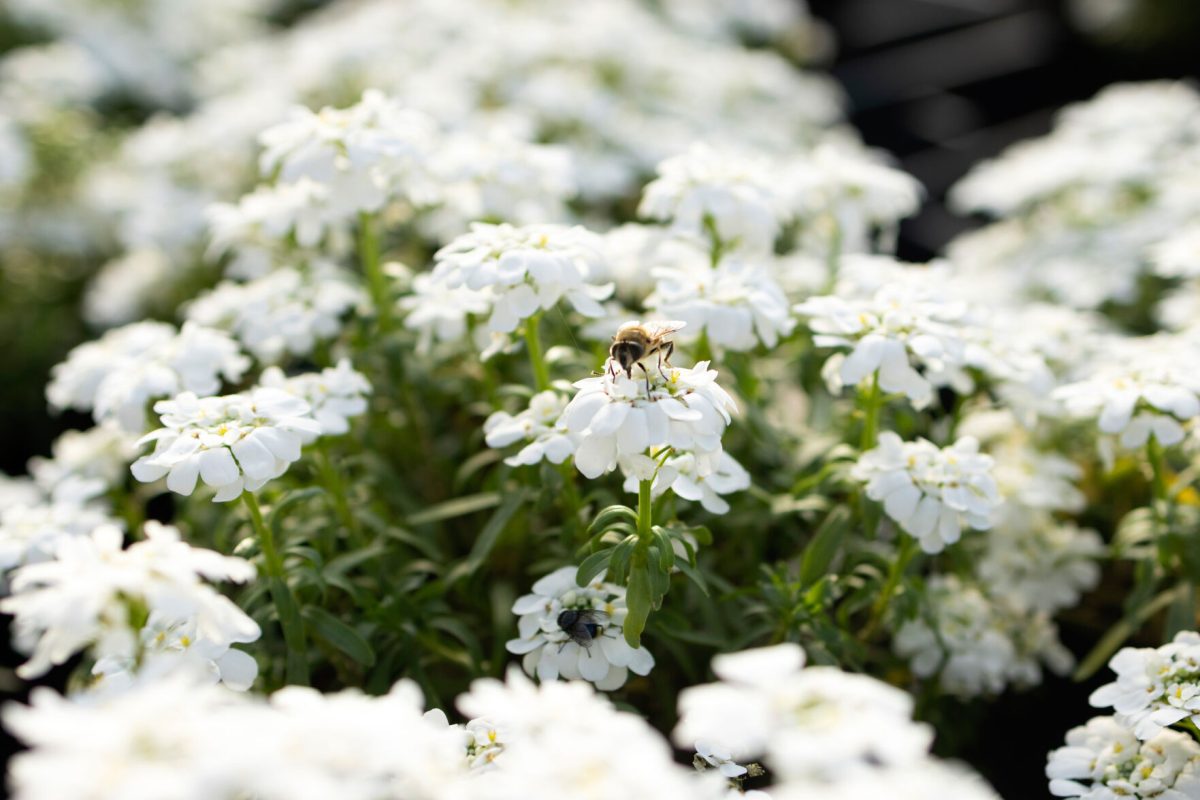If you’ve ever seen videos on TikTok where someone rips the cover off of a book, only to turn it into a beautiful rebound and recovered book, congratulations — that’s bookbinding! Although bookbinding has become better known from TikTok, the craft is much older than the app.
Bookbinding is the process of assembling loose pages within a cover to form a book. According to Britannica, this began when the codex (earliest form of a book) began to replace the scroll.
“Eventually, people folded paper so it resembled an accordion. Then it evolved to binding the pages on one edge so that you could flip back and forth through the book,” Victoria Wong, a University of Oregon librarian specializing in book conservation, said.
The rise to supremacy of the bound book was related to cultural changes — namely the rise of Christianity and consequent demand for larger books (like the Bible). Books developed around the world, with the earliest printed book found in China.

Local bookbinders Susan Stogsdill and Jason Patrician are keeping this ancient tradition alive by founding bookbinding stores; Stogsdill founded Cyrano’s Bookbinding in Corvallis, and Patrician owns the bookbinding store The Fish Bindery in Portland.
Stores who practice this craft, known as binderies, start by taking the book apart, taking the cover off and then separating each section of pages. From there, they make necessary repairs and then put the book back together.
“It’s easier to work on the older books, believe it or not, than the new. It’s mass production — the quality isn’t there anymore, unfortunately,” Patrician said.
For Stogsdill, this is most evident in working with children’s books. “The lithograph prints in them are just beautiful. Computers cannot touch what they used to do by hand,” Stogsdill said.
Bookbinders frequently work on historical books. Stogsdill said the most notable book she has worked on was Daniel Boone’s family bible. Boone was an American pioneer born in 1734 and was one of the first folk heroes of the United States.
Depending on the customer’s preferences, bookbinding allows for creativity on the part of the bookbinder. Patrician regularly gets requests to redesign the covers of books.
“Rebinding for aesthetic purposes is one of my preferred things to do. Right now, I’m working on a family genealogy book. They want their family crest put onto the cover, so I’ll be doing that with all leather onlays,” Patrician said.
Despite the passion that bookbinders have for their craft and the resurgence on social media, bookbinding has been on the decline. Bookbinders want to change that.
“Eventually, I’d like to mentor somebody and teach them everything I’ve learned so the craft is carried on. There aren’t a lot of us doing this anymore,” Patrician said.

Wong held similar sentiments. “If anyone’s interested in bookbinding or learning about inks or colorants, I would love to work more with professors and students on research projects.”
As artisans like Stogsdill and Patrician continue to preserve this craft, it is crucial to support the artistry of bookbinding to ensure these tangible connections to our literary past endure for generations.








